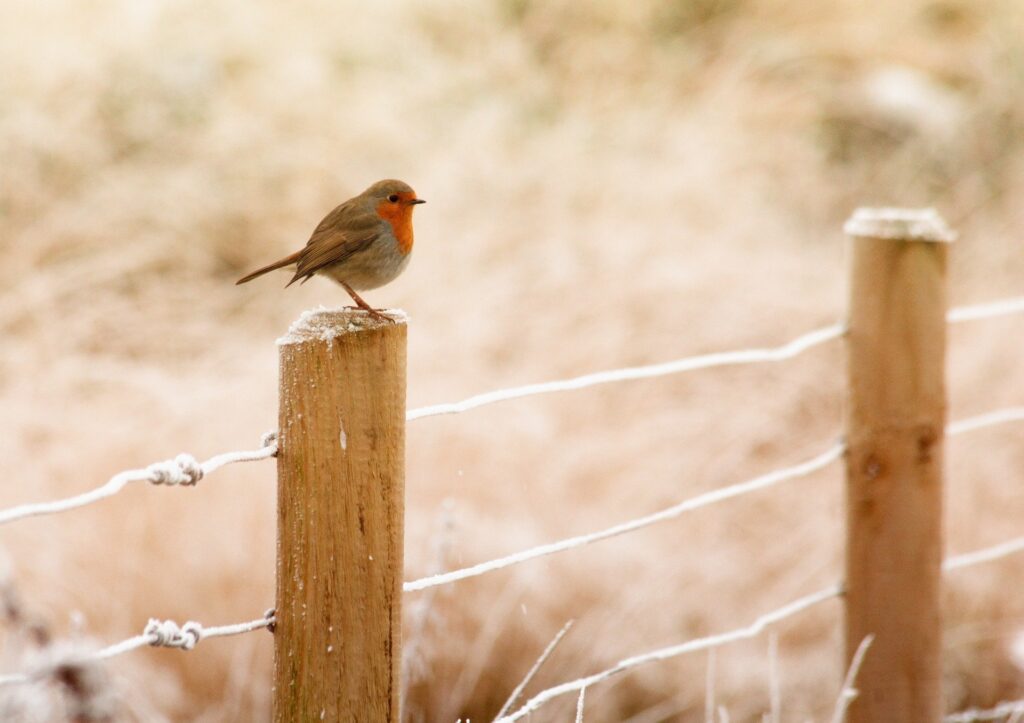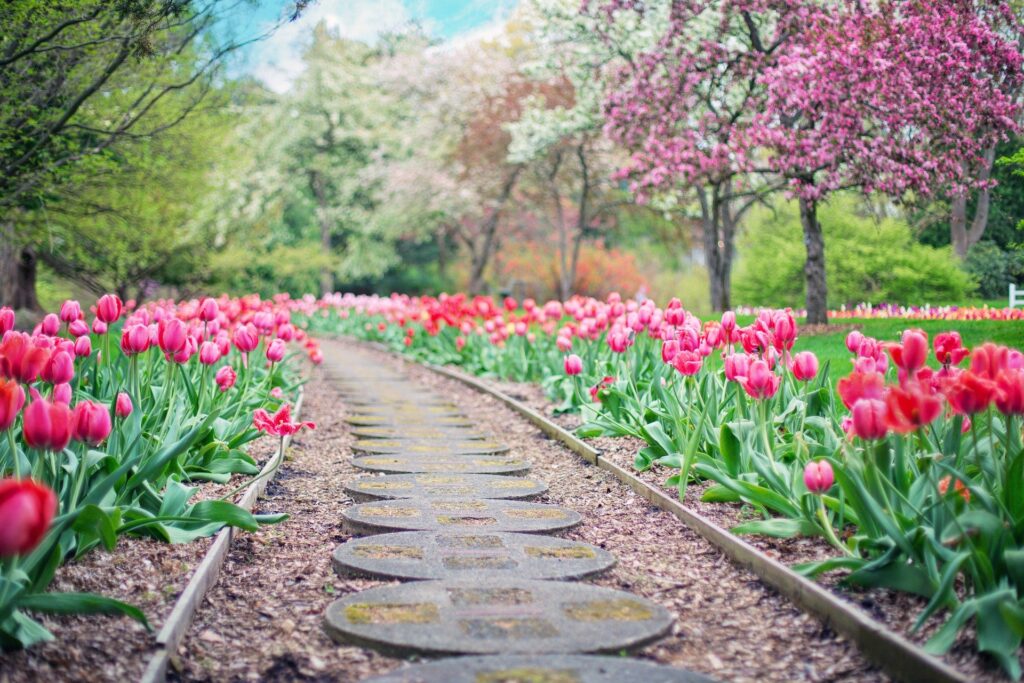
It’s the middle of February. The days are getting longer, but it’s still dark by dinner time and deep cold threatens despite these last few weeks of warm, spring-like temperatures. In Calgary, it has been eerily pleasant since New Year’s. We’ve had no snow since December, and what snow we did get has disappeared, melted by chinook winds. Nonetheless, with nicer weather and incremental increases of daylight, gardeners are dreaming of spring, anxious to return to the garden. Chinook Country, is two months from that yet, (more likely three). We will have a number of teasers before we can safely start planting out so, to stay tethered to reality and not get ahead of ourselves and the warm weather, we’ll need something else to focus on.
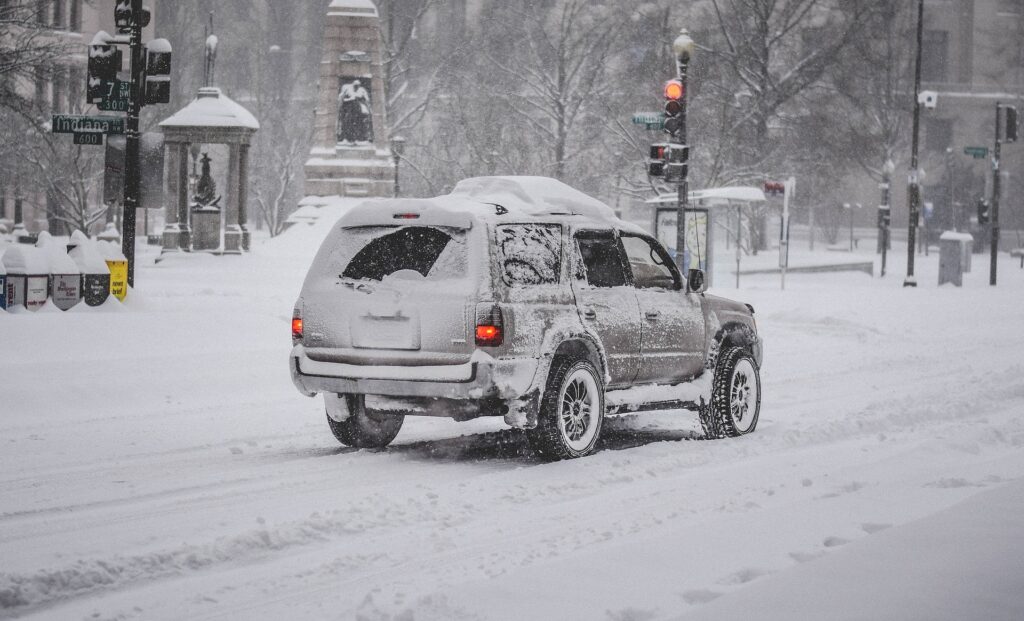
For me, one shining moment in these dark days of winter is the day I find my seed catalogue in the mailbox. How I love to spend sunny mornings drinking coffee and browsing through the new year’s offering imagining how this plant or that will look in this year’s design. There is no better time to start planning for the coming growing season and, like all worthy projects, planning and preparation is key to a fruitful and rewarding gardening experience. While I, too, am anxious to get into the yard, I have enough experience gardening here to know that soon enough the race begins – gardening in Calgary is a sprint, not a marathon. We will be cramming a whole lot of gardening into a ridiculously short season – about 90 reliably frost-free days – so not a moment to spare once spring arrives. Therefore, I am grateful for the extended rest and more time to just ponder the possibilities. Besides… the gardens of our imagination are always perfect… and, certainly, the easiest to grow 😉.
Before placing those orders, it is important that you have a plan so you make the best choices for your garden. To do that, you need to know some essentials.
What’s my zone or, more accurately, my plant hardiness zone?
To determine which perennials, shrubs and trees will be successful in your yard, you need to match their hardiness to your location’s conditions. Canada determines “zones” using a number of factors including: the average minimum and maximum temperatures (how cold and hot it gets), number of frost-free days (Canada is synonymous with frost), rainfall, snowfall, and wind. Calgary was once designated a Zone 3A – going below -40 C was not totally unusual – but it has since evolved to a Zone 4A (the lower the number the colder the zone a plant will tolerate) – we seldom get to -30 C anymore, and if we do, it isn’t usually for long – we can debate the cause, but there’s no denying global warming. If you want to minimize maintenance needs and risk of loss, though, go lower than recommended. Some plants don’t like to be too warm either but, at least here, being “too warm” is not an imminent risk…
How much space do I have?
How much space will my plants need? Some plant varieties can be huge, despite what they might look like when you get them! Some have dwarf varieties that are more suitable to an urban yard – be sure to know which is which. Remember, plants grow! And the happier they are, the better they grow. Seems an obvious point, but I have seen (and done it myself) yards stuffed full with plants competing for space, light, and water, because when they were planted, they were cute little plantlets and didn’t look like much at the time (think about those saplings sent home by the boy scouts). Many Calgary neighbourhoods developed in the 70’s and earlier, included a tree for every yard, except many of those trees were cotton poplars or Colorado spruce – quick and easy to grow, but very large trees at maturity. A Colorado spruce will grow higher than 30 feet and up to 20 feet across at their skirts. That is a lot of tree for a city yard! They encroach on sidewalks, road visibility, overhead wires, eavestroughs, and roofs, so end up pruned like Charlie Brown’s Christmas tree (inherited two in my own yard when we bought this house) then get cut down when they’ve just outgrown their space.
Be sure to know the potential maximum height and width, and spreading habits, of any plant you choose, and resist the urge to over plant while they are small. Instead, use annuals to fill in the gaps until your trees and shrubs mature.
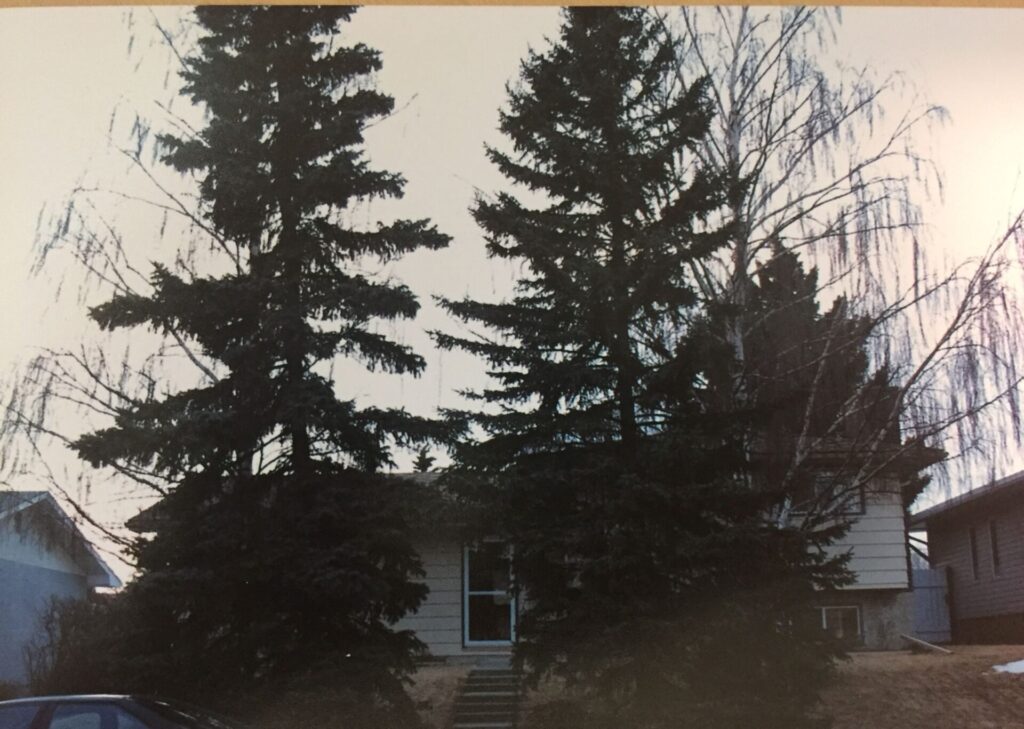
What is my light exposure?
This is the direction your planting beds face and anything that may block or filter light. Full sun plants need 6 to 8 hours of sunlight a day. Not even a south facing yard provides full sun if it is shaded by buildings, dense hedges, or large trees (a Colorado spruce, for example). If you match your plants to what your yard provides, growing will be easier and far more rewarding.
What is my level of gardening commitment?
There is a yard design for every taste but are you up to the task for your choices? There are high maintenance yards (not my preference) and low maintenance yards, but there’s no such thing as a “no maintenance” yard (I always snicker a bit when I hear people say that like it’s a real possibility) – if you don’t want to take care of a yard, then don’t live in one! That being said, if you don’t want to commit every sunny day to tending to your garden, then design one with mostly native plants that are hardy to your location. Essentially, once established, they will grow despite you or need very little help from you. Over the coming weeks, I will be profiling several of my favourites so make sure you check back here often.
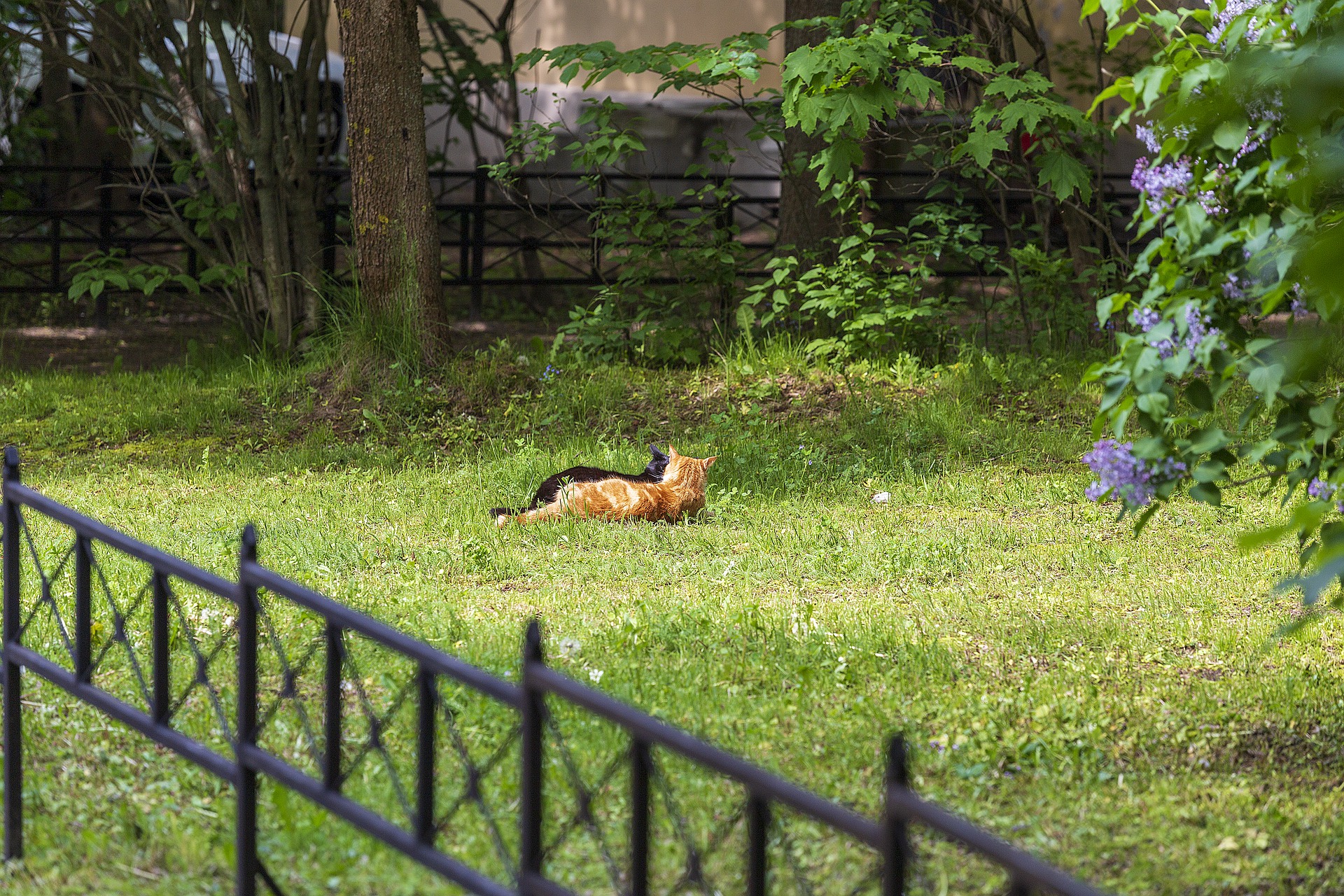
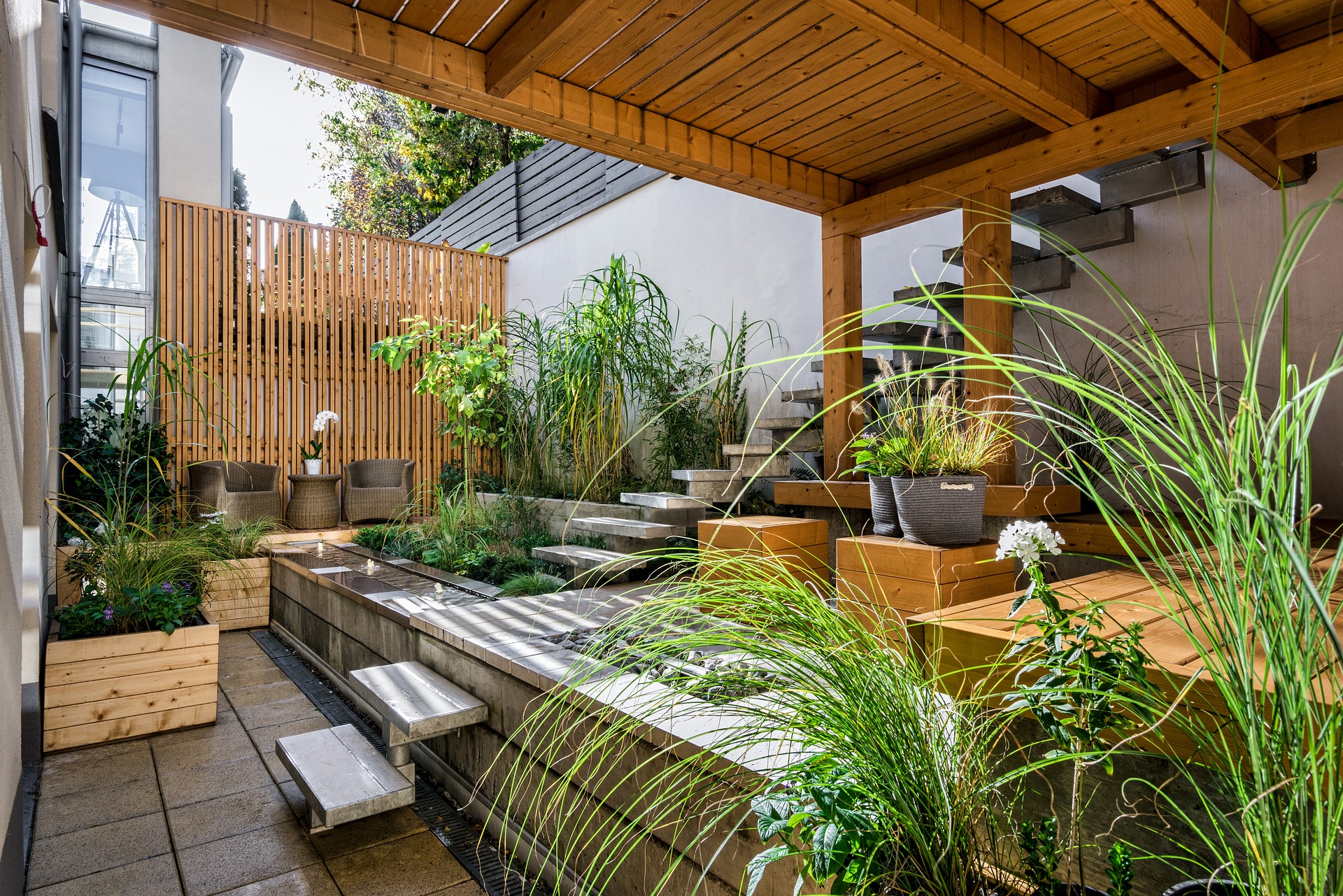
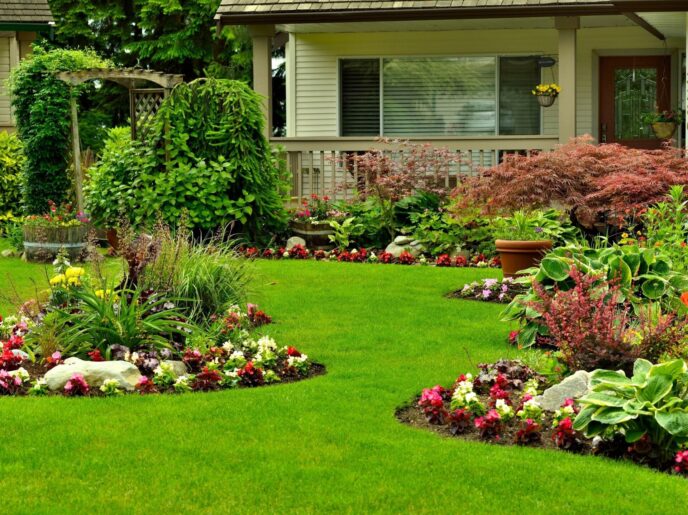
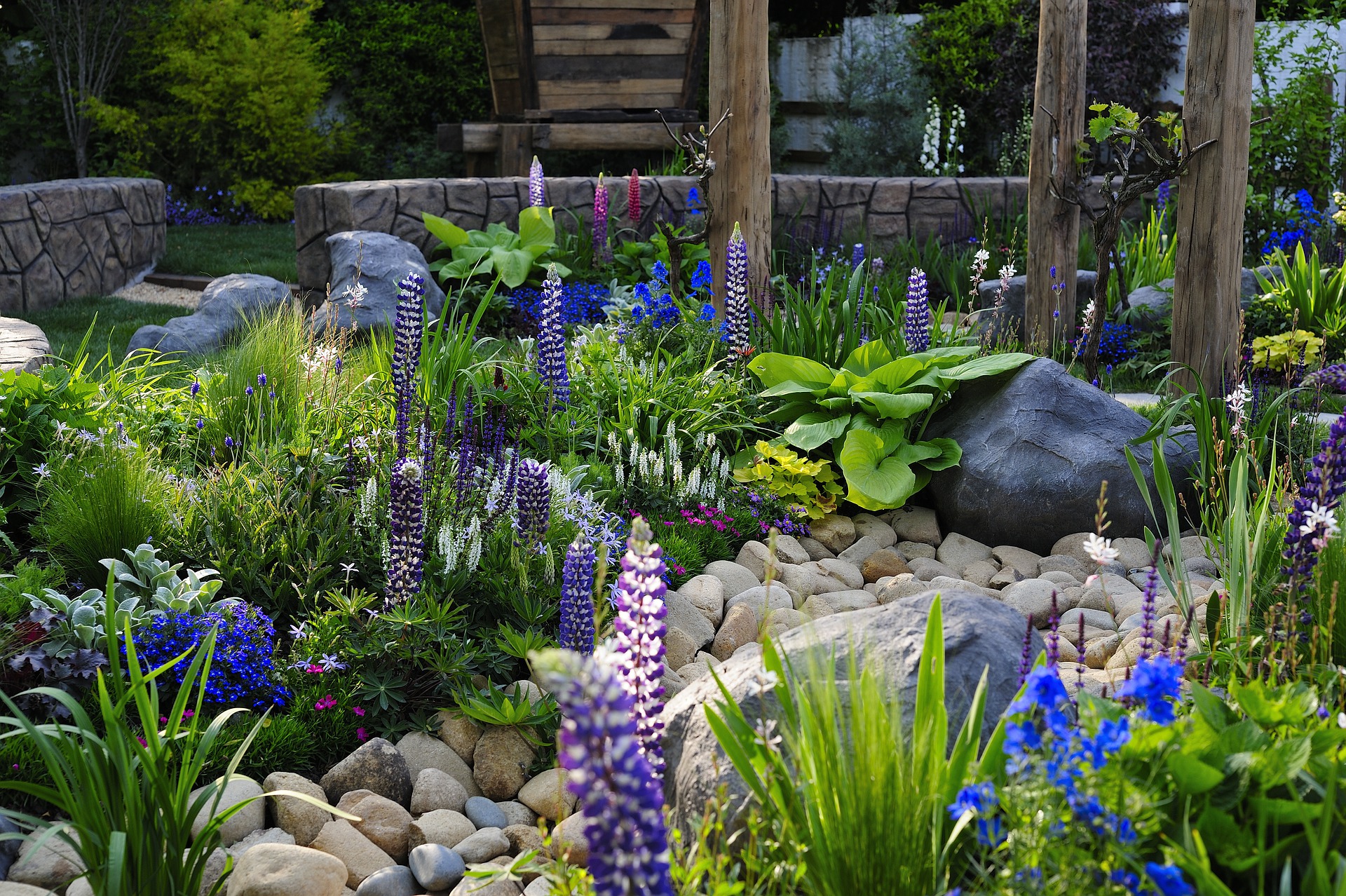
How many plants do I need?
Don’t overbuy! This is my Achilles heel, and no matter how many times I say “this year, I will be more frugal and discerning” I find myself with more plants or seeds than I have space or energy for. A friend of mine who has since passed away, used to say, “there’s always room for another plant!” This kind of person becomes an enabler of people like me, who have little restraint as it is. Sometimes, though, there really isn’t room for another plant or all the variety or harvest you think you want. I only recently dedicated some garden space to edibles but, because I love my flowers, there isn’t really enough space to provide much of a harvest. One packet of seeds will turn into a LOT of vegetables, often more than you need but, unless you are diligent about how you store your leftover seeds, they end up wasted. So, what do you do if you have too much? If you have the space and dedication, you can grow extra and donate to your local food bank. Fresh food is always welcomed! To indulge your penchant for variety or ornamentals, share your seeds with others, or offer those left over to local community gardens. Your local horticultural society should be able to tell you how you can share your extras.
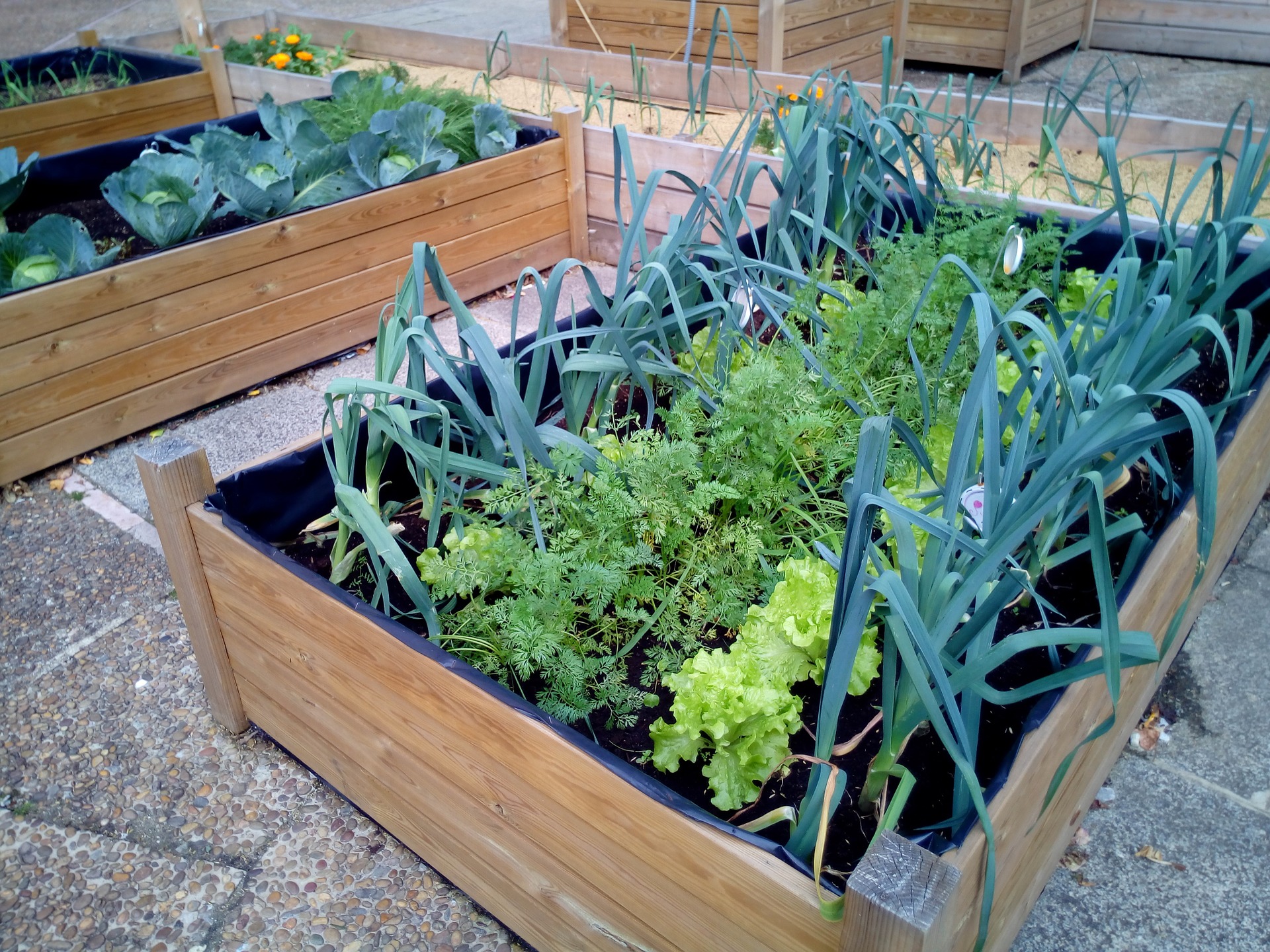
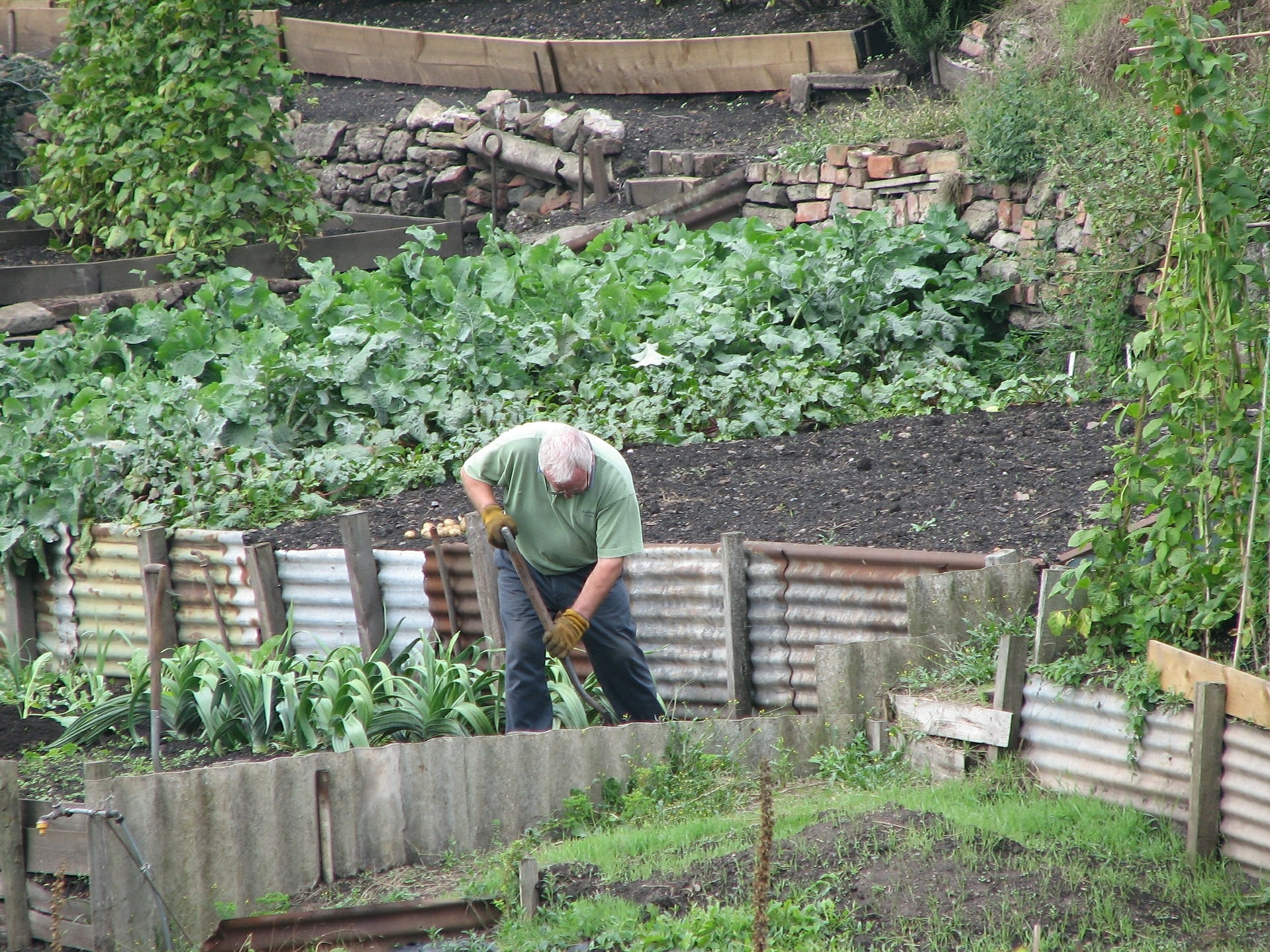
While these sunny winter days are tempting to start cleaning up the yard, remember that many creatures still rely on the leaves and plant debris from the previous year. They feed and shelter in this litter, and your plants rely on it to protect them from freezing and thawing before they are safe to start growing again. As always, the foundation of my advice is to watch and emulate Mother Nature. She has been doing this far longer than us, and has devised the ideal system to perpetuate life. You will notice that plant foliage falls over the roots and remains there till spring. It is not ever cleaned up. Left in place it will provide shelter for insects, nesting material for birds, mulch for that plant’s roots, and organic matter for the soil. It is important that you leave this in place far longer than many of your neighbours will think you should. In the fall, we will explore this in more detail, but for now, suffice it to say that being a little “lazy” is not always a bad thing.
Be sure to check out my next post, 5 Sources for Gardening Ideas and Information.
